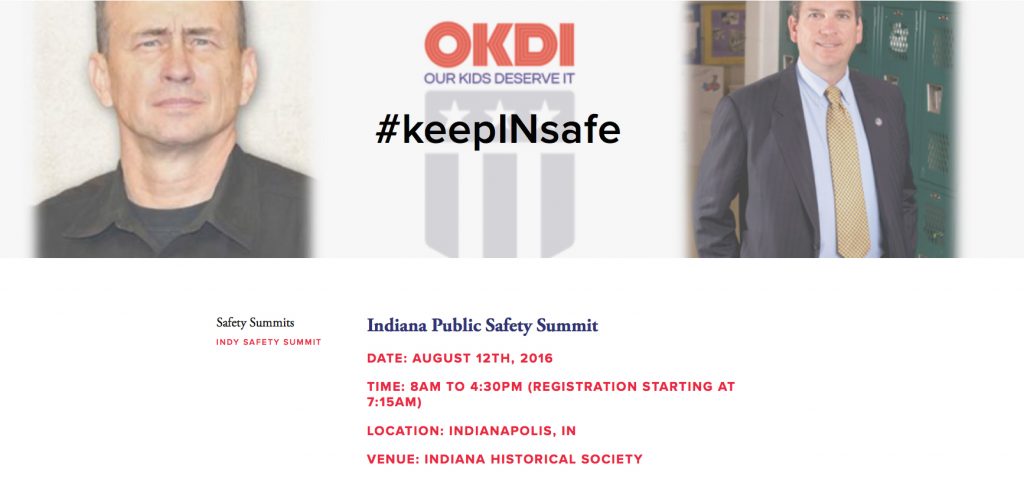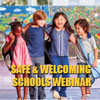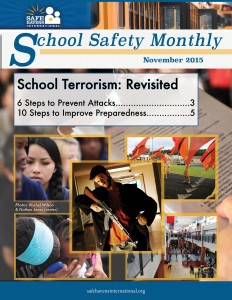Next week I am presenting at a one-day school safety and school terrorism conference that is free of charge for public safety officials and educators. The Indiana Public Safety Summit will be held at the Indiana Historical Society in Indianapolis, Indiana on Thursday, August 12th, 2016. Lt. Col. Dave Grossman will also be presenting at the same conference. Dave is a powerful presenter and it will be good to have the opportunity to hear him present again. I always learn some new things when I get to hear Dave Grossman present. Please forward this to anyone who you think might benefit from this opportunity to attend a school safety conference at no charge. Attendees seeking law enforcement credit hours can pay a fee of $100.00 per department for 8 hours of accredited training. This fee is per agency, with no limit on the number of attendees from each agency, and there is no charge unless you are seeking credit hours.
To register, visit http://www.ourkidsdeserveit.org/



